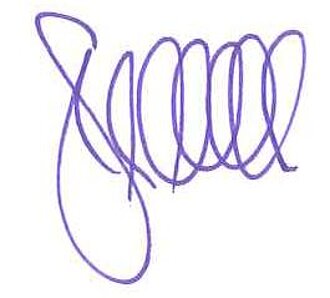Small pump big - what high-performance pumps have in common with snails

If you take a look at cooling water pumps in cars, you'll get a cold shiver as a fluid mechanic. Efficiencies of well below 50% are not exactly state of the art.
In a car with an internal combustion engine, this does not play a major role, since energy is available in abundance and such a small pump with a diameter of 6 cm does not need quite so much. Also, the engine is so loud that the pump is not so noticeable acoustically.
With electric vehicles, on the other hand, the world looks different. Whether the radio is on or off may be clearly noticeable in the range. The hum of a pump with suboptimal efficiency is also noticeable, at least to the trained ear.
What are the challenges now?
The pump must be manufacturable, undercuts are therefore critical.
Cavitation - the formation and dissolution of vapor-filled cavities (vapor bubbles) in liquids - must be avoided at all costs.
Which brings us to the price. Cheap mass production would be good, but 3D printing is currently out of the question because it is (still) too expensive.
The initial conditions before optimizing the pump using CFD are that the diameter of the impeller and the outer diameter of the volute (screw shape, volute housing) must not change. Thus, the optimal design of the volute shape and the impeller is our playground.
The dimensions of the maximum diameter of the pump are about 7 cm. A big monster for the little snail, a rather delicate affair for a human hand. The blades are two-dimensional and profiled in the initial version.
The measured efficiency here is 46% - so there's certainly still room for improvement.
The optimization via a flow simulation with CFD is done with StarCCM+ as CFD solver and with CAESES of the company Friendship, a very good cooperation partner of us, as optimizer.
CAESES controls various parameters for the CFD calculation and thus specifically generates a large number of shapes that are automatically calculated and evaluated.
As an example, Fig. 3 shows the change in the outer diameter of the volute. However, several parameters can be controlled by the optimizer via CFD.
300 iteration runs and three weeks later
The impeller of the pump is unrecognizable and the picture resembles the snail aesthetically, although of course it does not have an impeller, where else would it live?
The flow pattern with the pressure on the impeller and the velocity on the streamlines through the volute again matches the screw very well in terms of color, which again establishes the connection to the CFD flow calculation. The efficiency has increased to 85% percent. The power consumption of the pump has thus almost halved, that of our computational cluster slightly increased. The cavitation risk has decreased and the pump is also manufacturable.
If you are also dissatisfied with the efficiency of your pumps, or the legislator expects better efficiency from you, please contact us. Click on the contact form with the reference "pump" and we will get back to you as soon as possible.
We show you how you too can build better pumps quickly and efficiently, without the know-how required for optimization or the purchase of expensive hardware and software. It lives with us.
We don't care if the impeller has a diameter of 2 mm or 2 meters. It fits into our computers.
Let us advise you without obligation, how we can help you to build better pumps, compressors and turbo-compressors. Thanks to CFD.
With best regards
Your Stefan Merkle




